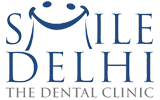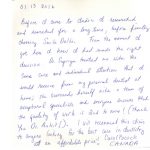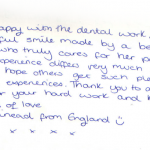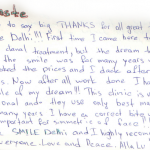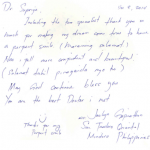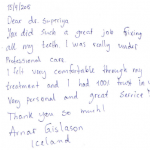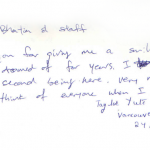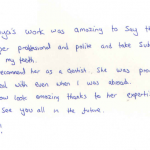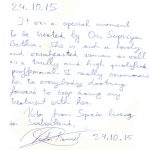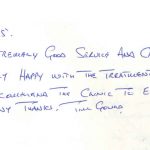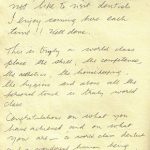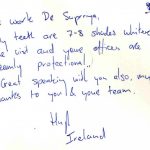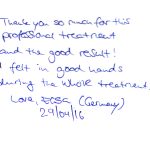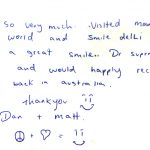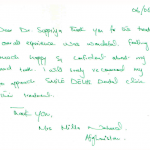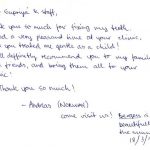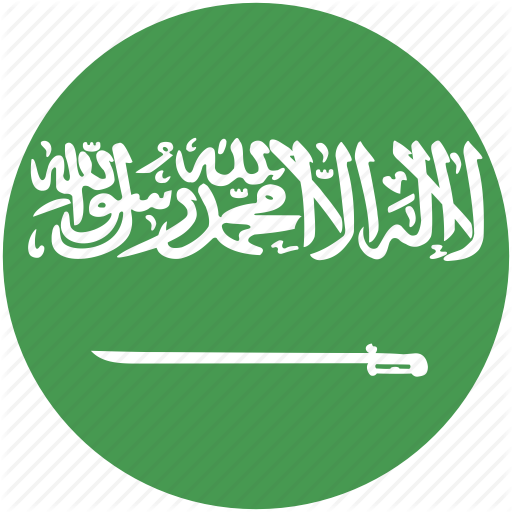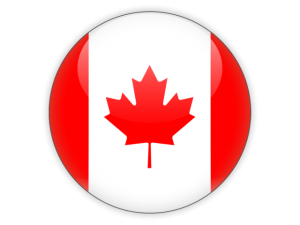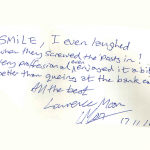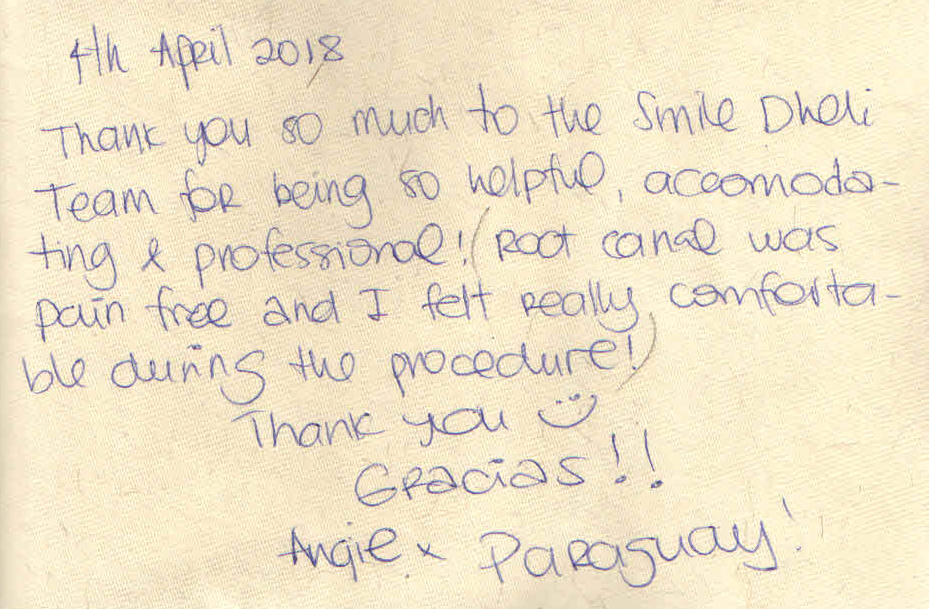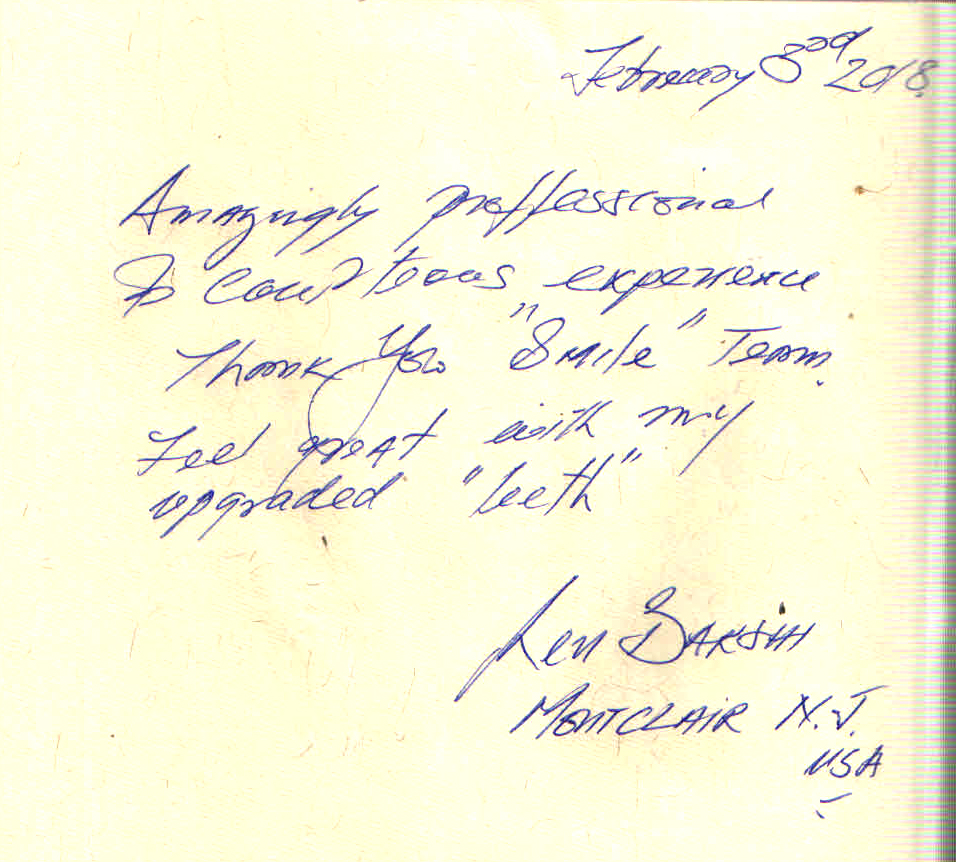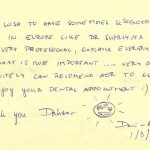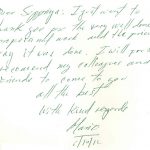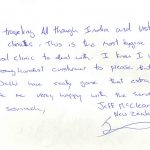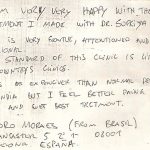Temporomandibular Joint Disorders
TEMPOROMANDIBULAR JOINT(TMJ)
The Temporomandibular joint, is the joint of the jaws. It gets its name from two bones ie the temporal bone of the skull and the lower jaw bone ie mandible. So its a hinge joint, which connects the lower jaw bone to the skull in front of the ear.
This joint allows the lower jaw to move up, down or side to side, so one can chew, talk and yawn.
TEMPOROMANDIBULAR JOINT DISORDERS
Problems with the lower jaw ie mandible and the muscles of the face that control it, are called Temporo mandibular disorders(TMD).
SYMPTOMS OF THE TEMPOROMANDIBULAR JOINT DISORDERS
1-Pain in or around the ears
2-Trouble ie discomfort/ stiffness/ pain in opening the mouth wide
3- Jaw pain
4- Neck pain
5- Ringing in the ears
6- Clicking of the jaw when one opens or closes the mouth
7- Headaches
8- Blurred vision
9-Stiffness or soreness of the jaw or neck muscles
10- Facial pain/ cheek pain
11- Pain in the base of the tongue
12-A lump or swelling in the temple area ie the part of the jaw just in front of the ear
13- The jaw gets locked or dislocated, when the mouth is opened very wide eg in yawning.This is referred to as lock jaw
14-Shoulder pain
15- Dizziness
CAUSES OF TMJ DISORDERS
1- Grinding of teeth
2- Stress
3- Poor posture
4- Arthiritis or other inflammatory disorders of the muscles and the joint
5- Excessive chewing of the gum
6- If the jaws are misaligned
7- If the teeth don’t occlude properly
8- If there is trauma to the teeth or jaws
9- Clenching of the jaws
HOW IS THE TMJ DISORDER DIAGNOSED?
To diagnose the TMJ Disorders, the dentist will
1- Take the history of the patient
2- Do a physical examination of the joint
a– To check for pain/ tenderness
b– Any clicking /popping/grating sounds when the mouth is opened or closed
c– If the jaw gets locked when the patient opens or closes his mouth
3- Check the bite of the teeth
4- Check if there are any problems with the facial muscles
5- Take x rays of the full face to view the teeth, jaws and the tmj to rule out any problems.
6- Get an MRI (magnetic resonance imaging), so one can see, if the disc is in the proper position when the jaws move/function.
7- Get a CT ( Computer Tomography) done so that all the bony details of the joint can be checked
8- Check for any teeth problems, gum problems, sinus problems or arthiritis which may cause similar symptoms
The patient with a tmj disorder may get referred to an oral surgeon for further care and treatment.
TREATMENTS FOR TMJ DISORDERS
1- Medication – This could include
a– Anti inflammatory painkillers like Ibuprofen, to relieve muscle pain and swelling
b– Anti anxiety drugs to relieve the stress that can bring on this TMD
c– Anti Depressants
2 Night Guards– These are soft pieces of plastic which fit over the teeth and prevent their contact at night, so the effect of grinding is prevented.These are worn in the night as the name suggests.
3- Splints-These are also worn to cover the teeth surface. They can be soft as the night guards or they could be hard. They are worn all the time to correct the bite of the teeth.
4-Appropriate Dental Treatment– The dentist may replace missing teeth and put some crowns/caps or bridges or advise some braces/orthodontic treatment to correct any bite problems in the teeth, which may be causing the tmj disorders.
5 – BASIC HOME TREATMENTS AS FOLLOWS MAY BE ADVISED DEPENDING ON THE CASE
a– Use moist and warm packs on the side of the face on the temple area, in front of the ear.
b– Eat soft foods, avoid hard foods and big bites or chunks.
c– Avoid jerky movements of the jaw ie opening the mouth very wide like one does in yawning
d– Keep teeth slightly apart, as the pressure on the jaw gets relieved
e– The dentist may advise physical therapy or massage
f– Practise good posture to reduce facial or neck pain
6– Exercises along with hot fomentation and a muscle relaxant for 4 to 6 weeks can work wonders in some cases of Tmj patients.
7– OTHER TREATMENTS MAY BE ADVISED AS FOLLOWS
a– Electrical nerve stimulation through the skin.
b– Injections of pain medication or anaesthesia, are given to tender facial muscles called trigger points
c-Radio wave therapy which stimulates the joints, increases the blood flow and relieves the pain
d-Laser therapy which lowers the neck stiffness and pain and also helps the mouth to open wider.
8- SURGERY
In some cases surgery may be recommended. this could be open joint or closed depending on the severity of the problem.
Posted By – Dr. Suprriya B. Bhatia
